Why Cultural Diversity Matters for an Organization Creating a work environment consisting of different cultural racial and ethnic groups can add perspective and depth to an organizations mission and goals. For example when companies use heterogeneous management teams that are directed by an entrepreneurial strategy focusing on innovation the companies productivity increases.
/cultural-diversity-29140866f0ac4313bb9aab75e567650e.png) Diversity In The Workplace Definition Pros Examples
Diversity In The Workplace Definition Pros Examples
In a global marketplace organizations must be careful to.
Diversity in organizations. Diversity helps organizations perform best when it is aligned with a specific business strategy. It continues to be an important factor in many company cultures and values. This book provides concrete evidence that diversity matters in business organizations.
But Diversity in Organizations is not just another atheoretical howto book. Gender is no longer a constraint. With the advent of globalization it has become imperative for organizations to have a workforce that is composed of different ethnicities and with the maturing of the business paradigm.
Organizational diversity in the workplace refers to the total makeup of the employee workforce and the amount of diversity included. While these results might seem surprising experts have long known that one-shot training sessions without strategies to encourage effective diversity. Indeed it has become fashionable in the present scenario to have a diverse mix of employees drawn from all classes and proclivities so that the aura of correctness and humanitarianism can be actualized.
Over the past few decades increasing diversity within various business industries has become more common. An introduction to diversity in organizations Martin M. Diversity refers to differences in various defining personal traits such as age gender race marital status ethnic origin religion education and many other secondary qualities.
When its in sync with diverse target markets the team creates new products that satisfy the markets needs. Another societal trend that relates to age composition in organizations is the impending retirement of the baby boom. A broader perspective can enable an organization to build more comprehensive growth and outreach strategies.
Costanzo and Stuart Oskamp -- A theoretical framework for the study of diversity Harry C. Ferdman -- An analysis of work specialization and organization level as dimensions of workforce diversity Taylor H. Rather than the kind of touchy-feely we-wish-that-it.
Diversity within a product development team is very powerful. Triandis -- Cultural identity and diversity in organizations. Research shows that organizations that provide diversity training were not consistently more likely to have women and minorities in upper management positions than organizations that did not.
Surface-level diversity Diversity in the form of characteristics of individuals that are readily visible including but not limited to age body size visible disabilities race or sex. Diversity in groups and organizations is associated with social categorization and informationdecision-making processes which respectively are related to adverse and beneficial attitudes and. The integration of diversity is an organizational goal and the appreciation for diversity and its value to organizational learning and effectiveness is a key part of these organizations cultures.
Managing diversity Ways in which organizations seek to ensure that members of diverse groups are valued and treated fairly within organizations. Rather it offers a hardheaded examination of the relationship between workforce composition and the business case for diversity. Bridging the gap between group differences and individual uniqueness Bernardo M.
Diversity leads to a deeper level of innovation and creativity the ability to localize to new markets and the ability to be adaptable through access to top-level talent pools and rapid decision -making. This type of organization creates opportunities for employees to learn from one another. Diversity in the workplace means that there is an array of differences among employees such as race ethnicity gender age religion and education.
This has prompted large scale changes in the way organizations recruit people. In an organizational context diversity refers to equality of opportunity and employment without any bias because of these traits. Organizations contributing to more potential for age diversity effects.
Thats because a diverse workforce better understands diverse.
 Workplace Diversity The Road To Equality Is Long But It S A Good Start
Workplace Diversity The Road To Equality Is Long But It S A Good Start
 The Paradox Of Diversity And Inclusion In Development Sector Organizations By Chintan Girish Modi The Red Elephant Foundation Medium
The Paradox Of Diversity And Inclusion In Development Sector Organizations By Chintan Girish Modi The Red Elephant Foundation Medium
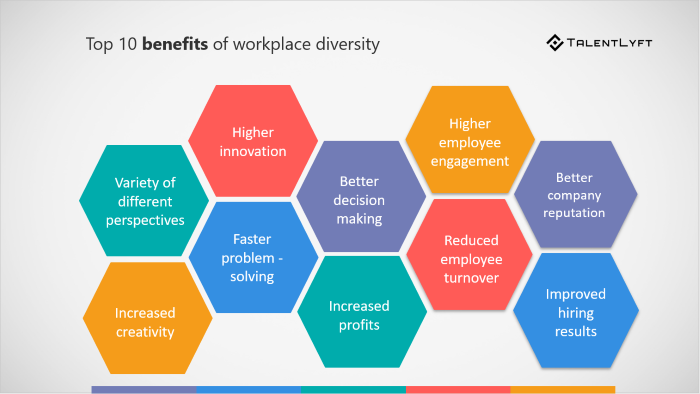 Top 10 Benefits Of Diversity In The Workplace Talentlyft
Top 10 Benefits Of Diversity In The Workplace Talentlyft

Case Studies Companies That Are Changing The Equation With Diversity And Inclusion Andragogy Enabling Possibilities
 Diversity In Organizations Concepts And Practices Danowitz Mary Ann Hanappi Egger Edeltraud Mensi Klarbach Heike 9780230361317 Amazon Com Books
Diversity In Organizations Concepts And Practices Danowitz Mary Ann Hanappi Egger Edeltraud Mensi Klarbach Heike 9780230361317 Amazon Com Books

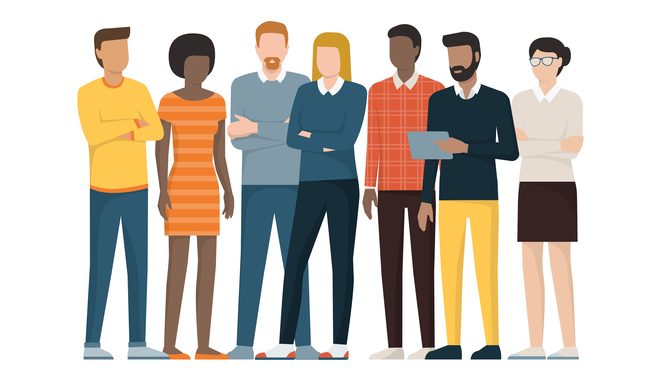 How To Think Differently About Building Diverse And Inclusive Organizations Eoe Journal
How To Think Differently About Building Diverse And Inclusive Organizations Eoe Journal
 Diversity In Organizations Bell Myrtle P 9781111221300 Amazon Com Books
Diversity In Organizations Bell Myrtle P 9781111221300 Amazon Com Books
 Diversity And Inclusion Jojanneke Van Der Toorn Phd
Diversity And Inclusion Jojanneke Van Der Toorn Phd
Diversity In Organizations Heike Mensi Klarbach Annette Risberg Macmillan International Higher Education
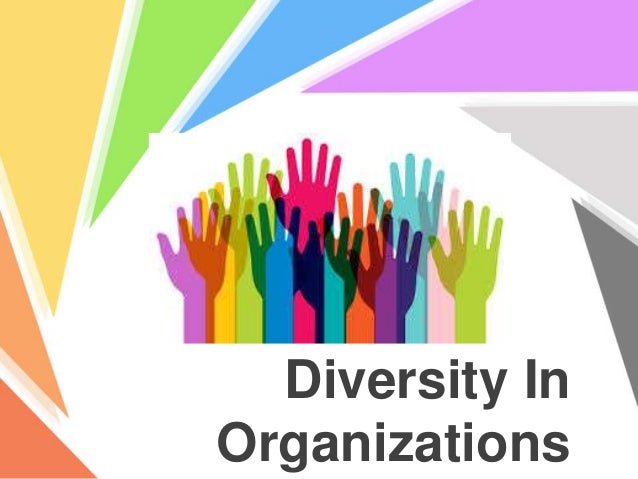 Diversity In Organization Types Of Diversity In Organizations
Diversity In Organization Types Of Diversity In Organizations
 Diversity In The Workplace And Its 7 Key Benefits
Diversity In The Workplace And Its 7 Key Benefits
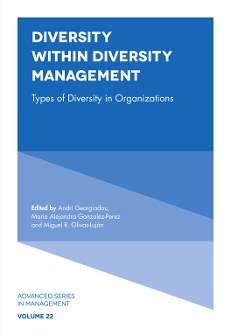 Diversity Within Diversity Management Vol 22 Emerald Insight
Diversity Within Diversity Management Vol 22 Emerald Insight
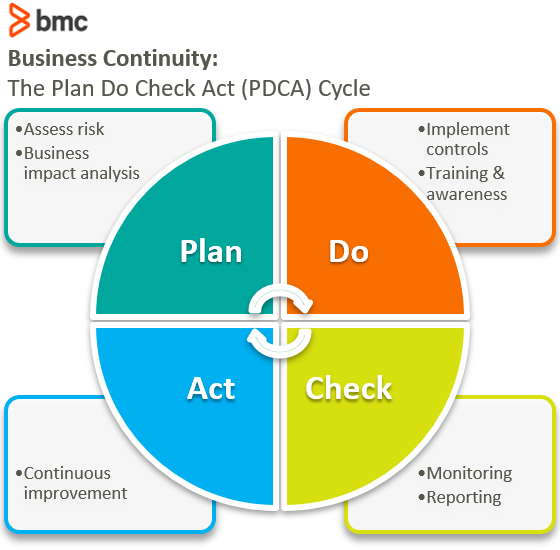
No comments:
Post a Comment
Note: Only a member of this blog may post a comment.